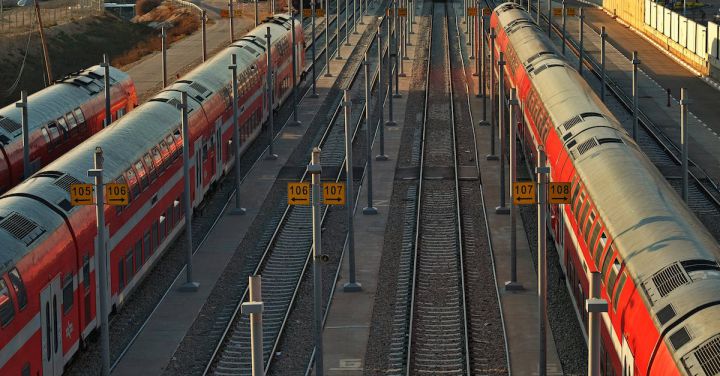High-speed trains have revolutionized transportation around the world, offering a fast, efficient, and environmentally friendly mode of travel. From Japan’s famous Shinkansen to China’s impressive network, these trains have transformed the way people commute and explore new destinations. Let’s take a closer look at some of the pioneering high-speed trains around the globe.
Japan’s Shinkansen, also known as the “Bullet Train,” is widely regarded as the world’s first successful high-speed train system. When it was introduced in 1964, it completely changed the way people traveled between major cities in Japan. With its sleek design and top speeds of up to 320 kilometers per hour, the Shinkansen became a symbol of modernity and technological advancement. Today, the Shinkansen network extends throughout the country, connecting cities like Tokyo, Osaka, and Hiroshima efficiently and reliably.
In Europe, France’s TGV (Train à Grande Vitesse) is another iconic high-speed train system. Launched in 1981, the TGV quickly became a symbol of French engineering excellence. It operates at speeds of up to 320 kilometers per hour, allowing passengers to reach their destinations in record time. The TGV network has expanded over the years, linking major cities in France and extending into neighboring countries like Belgium, Germany, and Switzerland.
China’s high-speed rail network is the largest in the world, spanning thousands of kilometers and connecting major cities across the country. The development of China’s high-speed train system has been nothing short of remarkable. In just a few decades, China has built a network that rivals those of more established high-speed train countries. With trains reaching speeds of up to 350 kilometers per hour, China’s high-speed rail has transformed domestic travel, making it faster and more convenient than ever before.
In Spain, the AVE (Alta Velocidad Española) is a high-speed train system that has significantly improved travel between major cities. Launched in 1992, the AVE has become a symbol of modernity and progress in Spain. With speeds of up to 310 kilometers per hour, the AVE connects cities like Madrid, Barcelona, and Seville, reducing travel times and increasing accessibility for both domestic and international travelers.
The United States has also made strides in developing high-speed train systems, although they have not reached the same level of success as their counterparts in Asia and Europe. The Amtrak Acela Express, which operates in the Northeast Corridor, is the closest the U.S. has to a high-speed train system. With speeds of up to 240 kilometers per hour, the Acela Express connects cities like Boston, New York, and Washington, D.C., offering a faster alternative to air travel for short-distance trips.
The benefits of high-speed trains extend beyond convenience and speed. They are also more environmentally friendly compared to other modes of transportation, such as airplanes and cars. High-speed trains produce lower carbon emissions per passenger, making them a greener choice for long-distance travel. Additionally, they have the potential to reduce congestion on roads and decrease reliance on fossil fuels.
As high-speed train technology continues to advance, we can expect to see even more impressive developments in the future. Countries like Japan, China, and France are already testing and implementing next-generation high-speed trains, pushing the boundaries of what is possible. These advancements promise to make high-speed trains even faster, more efficient, and more comfortable for passengers.
In conclusion, high-speed trains have transformed the way we travel, offering a fast, efficient, and environmentally friendly mode of transportation. From Japan’s Shinkansen to China’s impressive network, these trains have revolutionized domestic and international travel. As we look ahead, we can anticipate further advancements in high-speed train technology, making travel even more convenient and enjoyable for passengers around the world.
